Although it looks enjoyable and has millions of loyal fans around the world, nobody ever said gardening was easy.
With everything you have to keep on top of like watering, sunlight, shade, fertilization, pests, and weather conditions, it’s a wonder people use this hobby as a way to relax.
Gardening is all about working smarter and not harder though, and there are some age-old things that experts know that would be handy for beginners to learn.
Thanks to the wonders of the internet and knowledge passed down from gardeners before us, you can make this arduous task easy and enjoyable with a few shortcuts.
So, what are the best gardening hacks?
To save time and energy in the garden, you can do things like put coffee filters in the bottom of pots to reduce soil loss,
With a few savvy hacks, you’ll elevate your gardening skills from beginner to expert, without having to work any harder in the process.
Check out some of our favorite gardening hacks for all aspects of gardening, and see how you can make an easy improvement for your plants.
Table of Contents
The Best 15 Gardening Hacks
These gardening hacks have been shortlisted from hundreds found online to give you only the best of the best.
With these tips up your sleeve, you’ll have a more fruitful garden with less sweat and tears on your part, making them a dream come true for any gardener to learn.
#1 Double Potted Plants
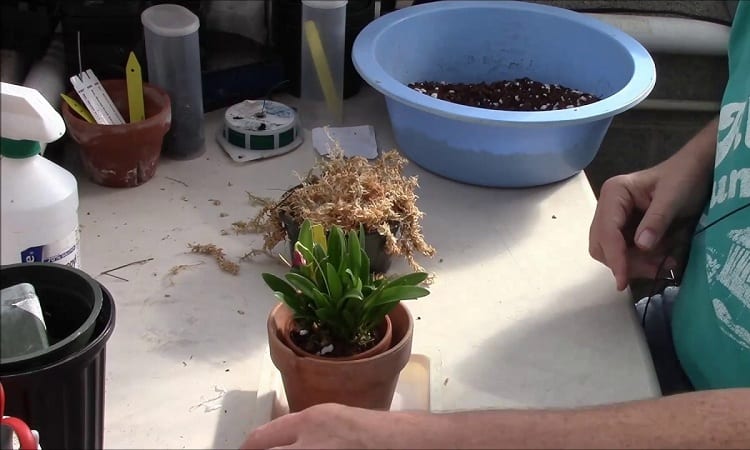
If your garden has a wide variety of potted plants but you prefer to keep them secured in the ground, there’s an easy hack you can do that gives you some freedom.
By storing each plant in a bigger pot that stays in the ground, you can move the plants around as needed, and swap them out for younger ones when they reach maturity.
For this to work, you’ll need a row of larger pots already fastened in the ground, and smaller containers to keep plants in.
If you want a change of scenery, need to bring plants indoors for winter, or have to swap them for another, it’s easy enough as pulling the top pot out and replacing it.
#2 Cinnamon Savior
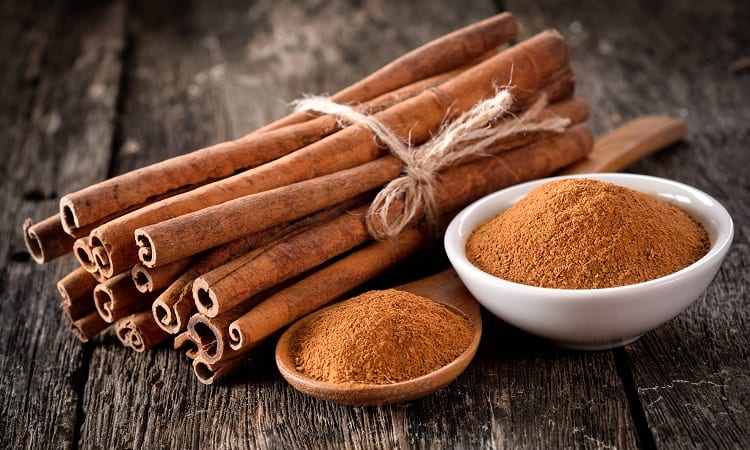
Many gardeners today try to avoid chemicals where they can and prefer to use natural products on their plants, especially when it comes to seedlings.
However, keeping disease and bacteria away from your brand new plants that are attempting to grow can be hard to do, especially if they’re living outside.
A simple hack you can use that keeps things au-Naturelle is to sprinkle a small amount of ground cinnamon onto the seedlings.
The anti-fungal properties in it will be enough to keep disease away, and it’ll leave your garden smelling lovely, all without resorting to harsh chemicals.
#3 Space the Seeds
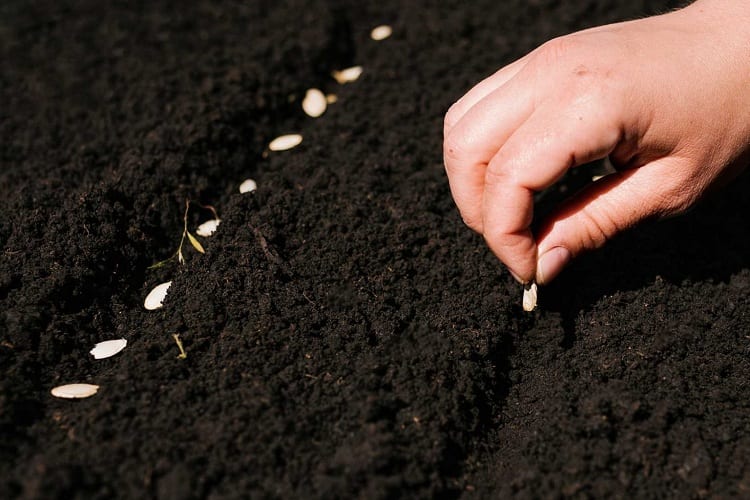
Planting new seeds is a must-learn skill for any gardener, but it comes with the long-winded task of spacing them out to the correct measurements as well.
To save time and ensure you get the seeds sewn to perfection, you can use a mini muffin tray from the kitchen to help out.
Once you’ve prepared the soil for seeds, take the muffin pan and press it down gently. You’ll be left with ready-made holes that have been evenly spaced, so all you have to do is push the seeds in, cover them slightly, and water them.
#4 Filter Your Pots
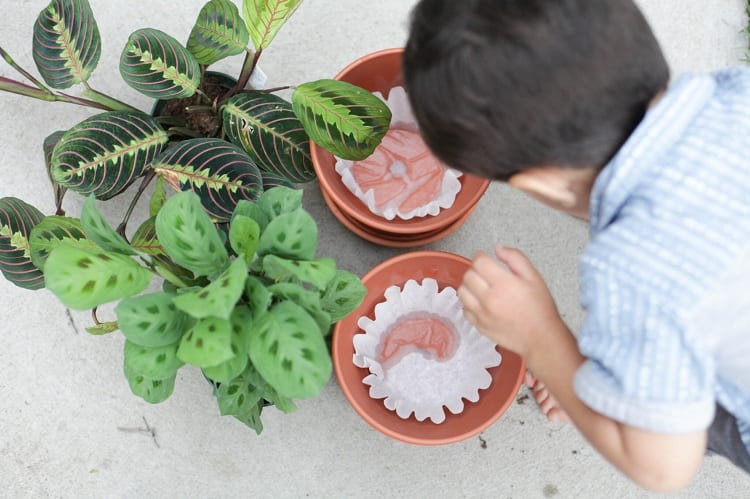
Pots and containers are a gardener’s best friend, but they need to be just as good of a friend to your plants as well.
This is why most pots come equipped with drainage holes so that the soil doesn’t build up with moisture and lead to conditions like root rot or other fungi growth.
A common occurrence when you’re watering plants though is that a lot of soil gets lost through these holes in the process.
The simplest hack is to place a coffee filter at the bottom of the pot which helps water flow through freely without any soil seepage occurring.
This will save soil top-ups in the future as well, and make sure your plants are adequately drained.
#5 Keep Cats Away
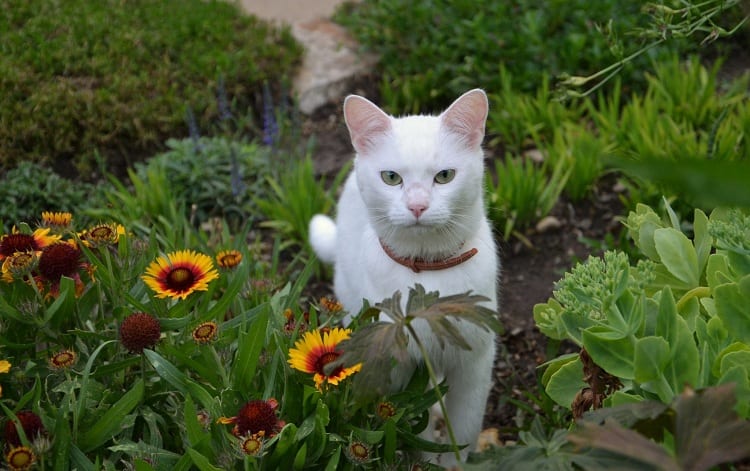
Cats are a common household pet and try as we might to protect our garden from them, the neighbor’s feline might pay a visit from time to time.
The simplest approach doesn’t come with harsh sprays or harmful tactics, but just a few carefully placed forks in the soil.
Insert a fork in random spaces around your garden with the pointed part sticking up.
This will keep cats at bay without doing them any harm, as they won’t want to attempt walking through a pointy garden, so will stay away altogether and move onto somebody else’s garden.
#6 Non-Toxic Weed Killer
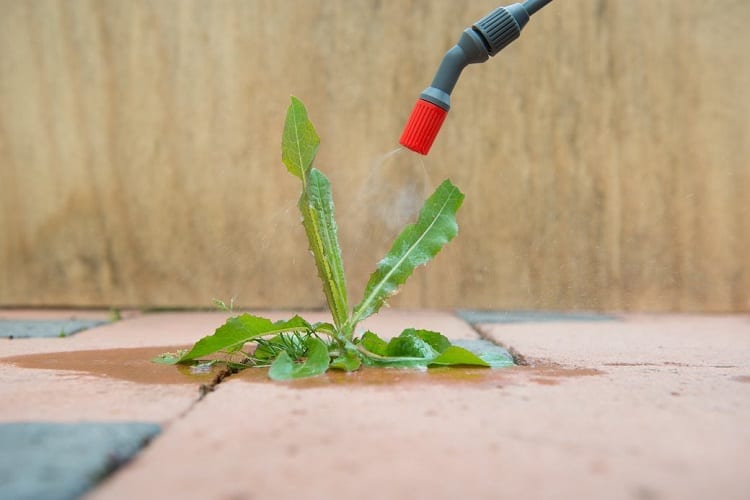
With all of the recent findings of weed killers and herbicides being harmful to our families, there’s never been a better time to discover a hack that gets rid of these pesky weeds in a non-toxic matter.
To make your own gentle weed killer, mix some vinegar with dish soap and spray it directly onto the leaves and roots of weeds.
For better results, do it will the sun is out and beaming, as it will kill them almost instantly. Keep your gentle weedkiller away from your precious plants though, because it will hurt them just as efficiently.
#7 Beer Deterrent
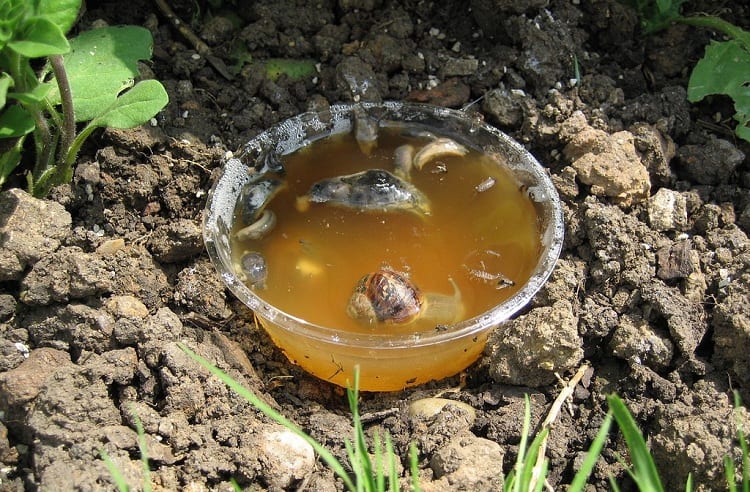
When pill bugs and slugs won’t leave your garden alone, there’s a simple hack you can use to ensure they go away forever.
Fill a small container with some beer and leave it in the garden where they’re doing the most damage, then wait and see.
The bugs and slugs will be drawn to the beer, and will inevitably be killed off or drown in the small container.
This is a non-toxic way to get them away from the garden and a nice ending for the pests as well.
#8 Pest Away With Soap
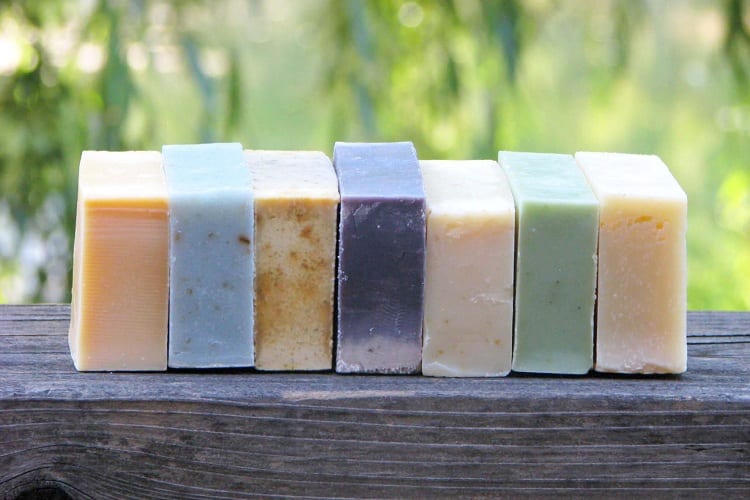
If you live in an area where rabbits are aplenty, you’ve probably tried everything you can think of to keep them away from your precious garden.
A great hack is to get a few bars of plain soap and shred them up into a food processor so you’re left with a bunch of fine chunks.
With this shredded soap, scatter it through your garden beds so it gives a light cover on top of the soil. Just a tiny amount will keep the rabbits away as they can’t stand the smell, and it won’t affect the plants negatively either.
#9 Make a Mini Greenhouse
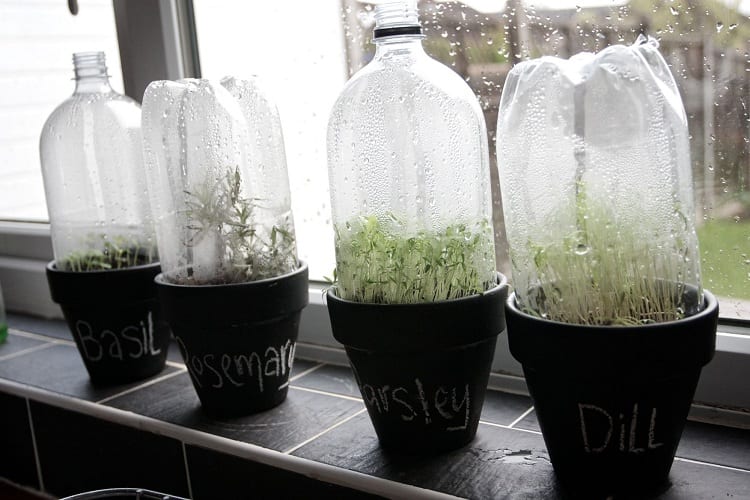
Growing plants from seeds requires some TLC and it can be hard to do when they’re exposed to the usual climate where you live.
There’s an easy hack that can give these seedlings a microclimate to enjoy with their very own greenhouse to get them started in life, and all with recycled goods from your house.
To make a miniature greenhouse, place a plastic bottle with the bottom cut off over a small planter.
Plant the seeds in the planter and cover again with the bottle top, which will act as a protector from the elements and foster its growth. When the seeds germinate, remove the bottle top and allow the plant to grow as normal.
#10 Recycled Can Drainage
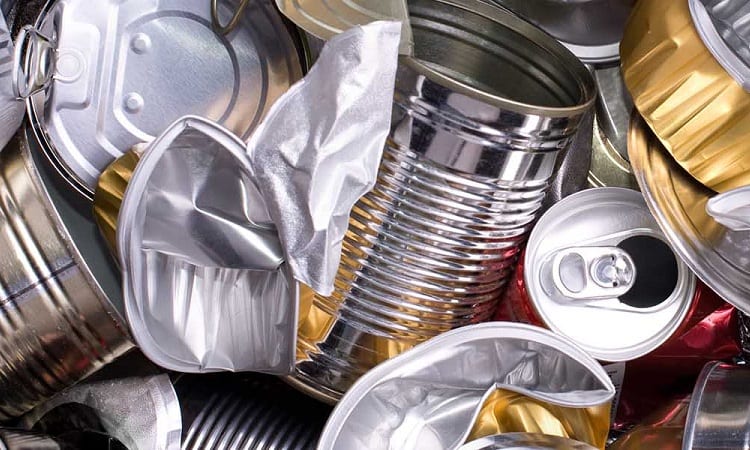
Plants living in deep containers or planters will usually need additional drainage as they’re more prone to moisture build-up. If you have larger plants that fit this description, you can easily recycle old soda cans to help out.
Simply wash out the old cans and place them at the bottom of a deep planter before adding the soil.
They’ll ensure the soil is breathable and drains well because of the larger pockets of air, and you find a useful way to get rid of the empty cans you have laying around.
#11 Water Fertilizer
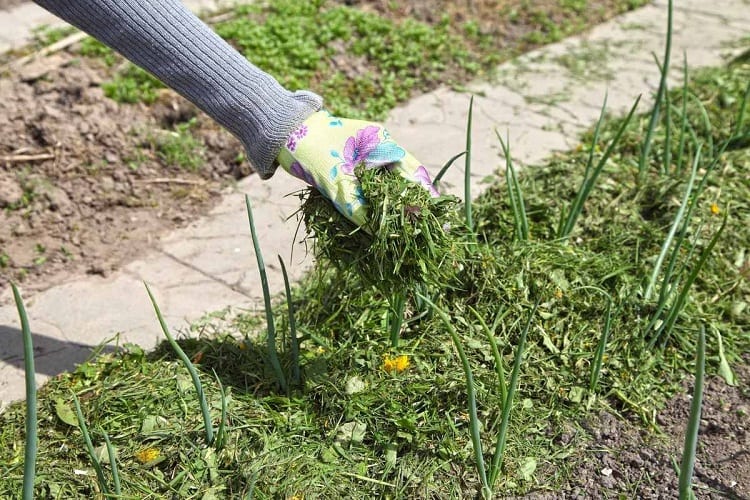
There’s no need to find somewhere else to put grass clippings and weeds that were once stealing nutrients from your garden when you can just make tea out of them.
Collect up all of the clippings whenever you make them and place them in a bucket of clean water, sourced from wherever you usually water your garden.
Let the clippings seep for a day or two, making sure to keep them covered, and then use this nutrient-rich water to feed your plants. You’ll give them an added boost of nutrients without wasting any water and make sure they get the sustenance that was taken from them.
#12 Fertilizer Tube

Working in gardens with dense bushes or plants that are hard to get to can be difficult when it comes time to fertilize.
As the fertilizer needs to place at the base of the plant, you might find it impossible to reach this specific area.
To help you out, cut a length of PVC pipe and take it into the garden, placing the end down at the base of each plant. Pour the fertilizer pellets or liquid in and you’ll be guaranteed a perfect hit every time, no matter how hard it usually is to reach.
#13 The Versatile Eggshell
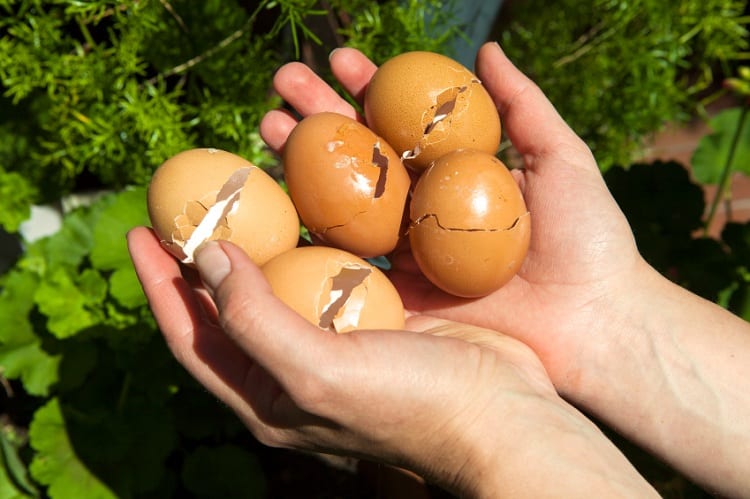
If you’re a serious gardener, you should never dispose of your eggshells anywhere else. Once they’ve been rinsed and dried, these versatile shells can be used for so many things in the garden.
Spread some dried and crushed shells around to keep slugs away, as a deterrent for birds and pests to eat before they try your garden, and as a simple nutrient booster that dissolves straight into the soil.
#14 Epsom Magic
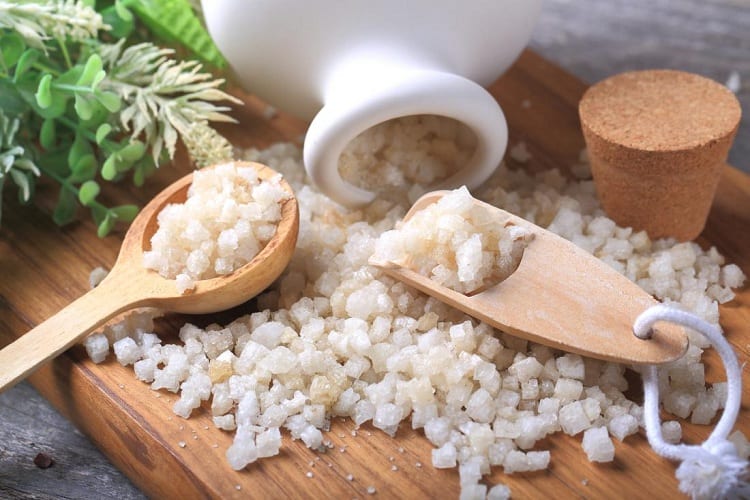
Epsom salt is a common ingredient in solving household problems, but did you know it works just as well in the garden? Epsom salt is a great alternative for fertilizer as it contains a good dose of magnesium.
This miracle ingredient can do everything from assisting seeds in germination to helping plants absorb phosphorous and nitrogen.
To give your garden a hit of Epsom salt goodness, mix two teaspoons into a gallon of water. Spray the water over the plants once a month just like you would a regular fertilizer, and watch the magic happen.
#15 Recycled Weed Matting
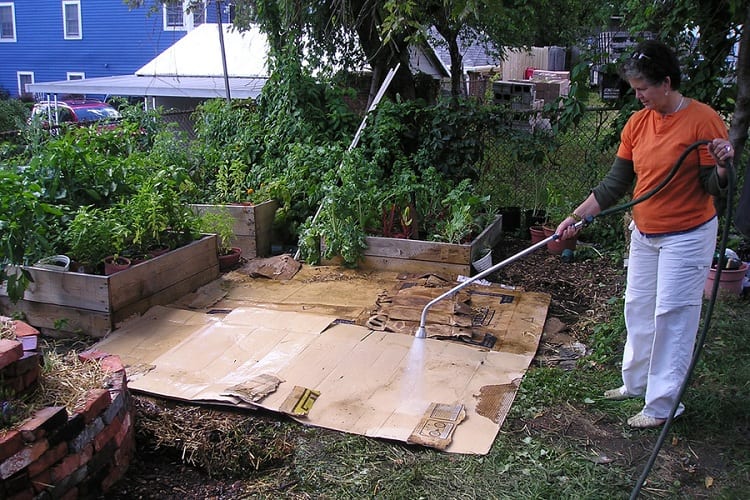
It’s common knowledge that you should lay down some weed matting whenever you’re starting a new garden bed, but there’s a cheaper and more eco-friendly way to do it.
All you need is a bunch of cardboard that can be stripped down and laid across the bottom of the garden before you throw on the mulch or soil.
This cardboard will act as a natural weed deterrent but ensure that the plants can still breathe.
You won’t have to buy any matting and will be reusing your old cardboard which will eventually decompose naturally and not take up any space in a landfill.
Related Questions
Gardening is one of the most beloved pastimes in the world, and whether you do it for satisfaction or relaxation, there’s also more to learn.
We’ve got the answers to some commonly asked questions that beginner gardeners have so you can become more knowledgeable on your new favorite hobby.
To establish how to group your vegetables in a garden for easier maintenance, you can grow them with plants that require the same care with a little research and planning.
Carrots go well with lettuce, onion, and tomatoes, whereas cabbage grows best with beets, spinach, and onions.
Some plants do better with continual moisture and may need their leaves misted daily or every day days for them to thrive.
These plants include Parlor Palms, Bromeliads, Dumb Cane, Cast Iron Plant, and Chinese Evergreen. If you keep them indoors or outdoors, they must get this additional spray of moisture.
Recourses:

